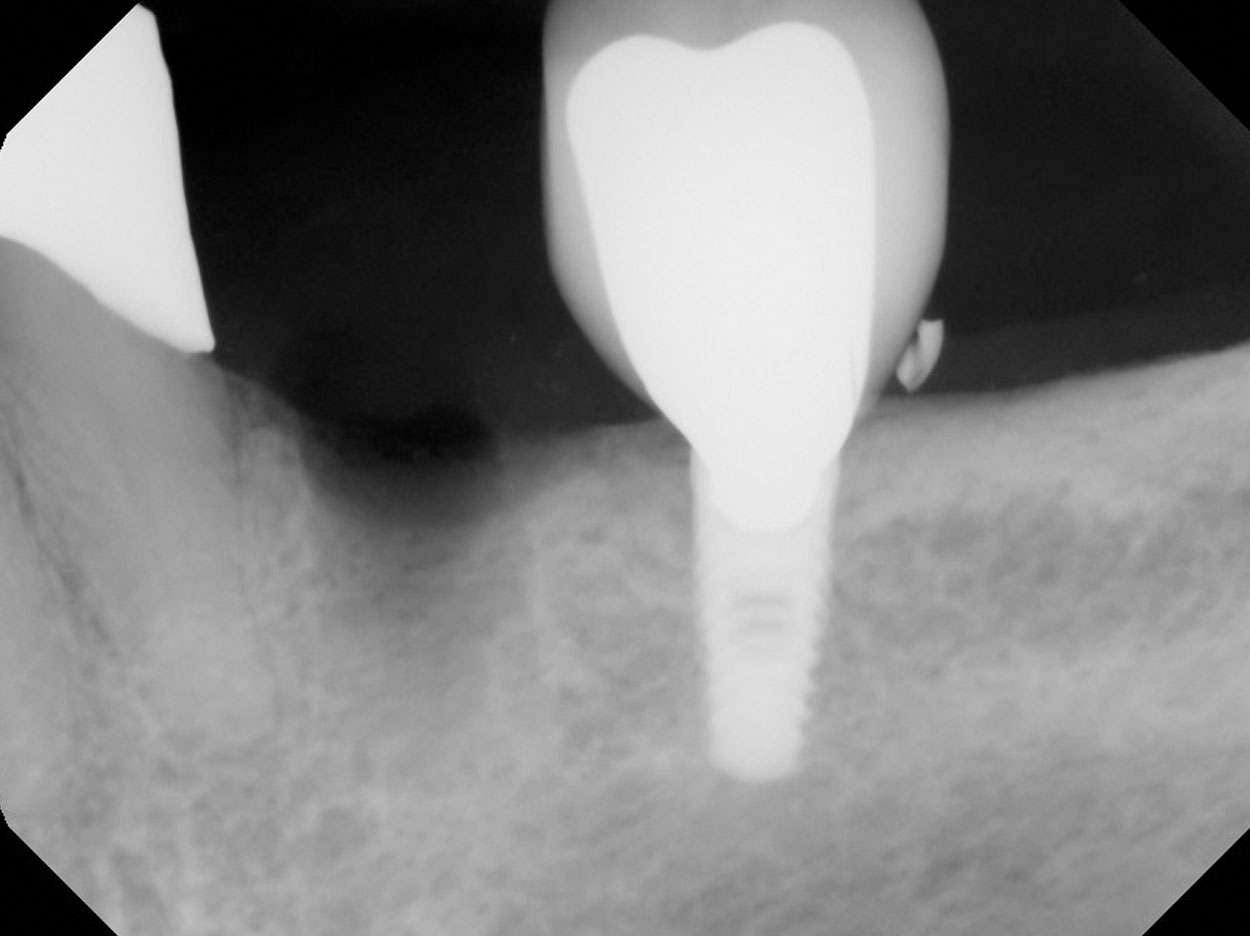
Implant dentistry keeps evolving to highly innovative yet practical levels. Techniques that are used, from single-tooth implant restorations to the popular immediately loaded full-arch prostheses, have improved to such a high level that they have become rather routine for the experienced dental surgeon. Materials, high-quality and engineered surgical instrumentation, and implant designs have allowed for proficiency and predictability in the delivery of our cases. CBCT technology has made it much easier and more accurate for practitioners to visually diagnosis and treatment plan their cases prior to any surgical intervention.
Although surgical and prosthetic applications are readily presented in the dental literature, the treatment of failing implants and complex clinical situations in the aesthetic zone are certainly interesting topics deserving more attention. As more dental implants are placed and restored, we are going to see some complications. Being able to address these problem situations is an art unto itself. Placing and restoring implants is just one phase of the profession. Preventing and fixing problems that may occur over time is an entirely different concept.
Bone loss is a common problem associated with dental implant therapy. As teeth are lost, the available facial bone resorbs, resulting in horizontal bone loss, and the vertical available bone may shrink. This results in complications in the posterior mandible where the mandibular nerve rests and the posterior maxilla where the sinus often collapses. Increasing available bone is a technique that is done with grafting procedures. Different materials are used in the process of creating new bone to make a site acceptable for surgical placement of the implants.
In this issue, Dr. Stephanie Tilley describes a technique to remove a damaged implant and graft with calcium apatite material to re-establish a suitable site for a new implant placement and restoration. Also, Drs. Scott Ganz and Isaac Tawil describe an innovative technique to maintain the facial plate of bone using the patient’s existing root structure. These 2 articles are useful clinical case report demonstrations of how to maintain hard tissue in the aesthetic zone and, in addition, examples that show how to predictably grow bone to idealize edentulous sites.
If you have any questions or comments about this topic, or any other subject presented in Implants Today, feel free to contact Dr. Kosinski at drkosin@aol.com.
Related Articles
Patient Demand for Implant Dentistry Grows for General Practitioners
Dental Implant Treatment Options












